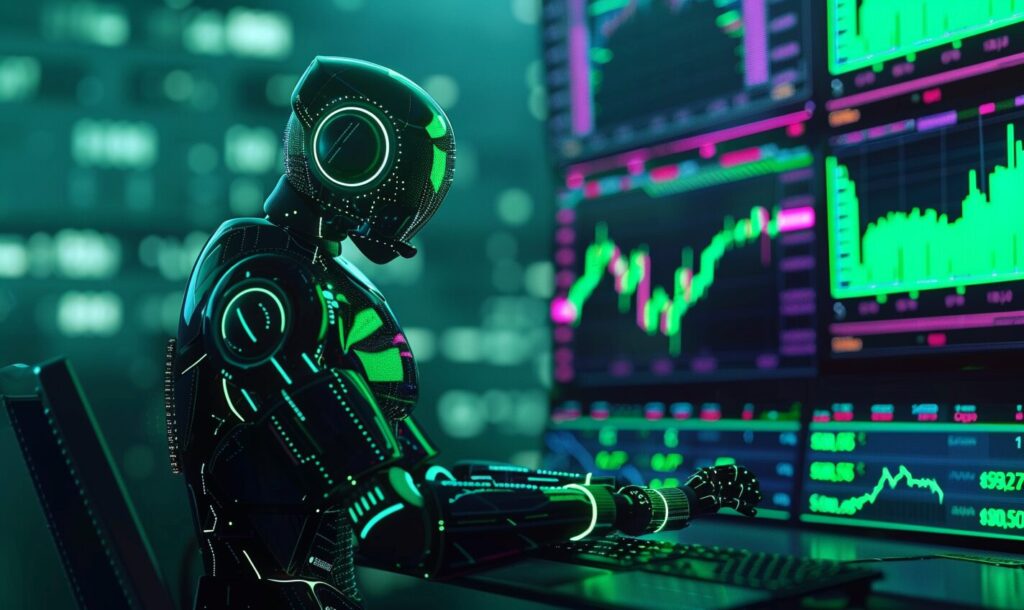Automation has been around for more than 70 years and was first invented to make car manufacturing more productive. However, the world has only been implementing digital business automation since the early 2000s.
Today, people use this kind of automation on a daily basis to send automatic e-mail replies and schedule blog and social media posts. Automation has also recently evolved to include robots, artificial intelligence and smart machines that can accomplish simple tasks as well as or better than humans.
Since the Industrial Revolution 20 years ago, there has been a decrease in abstract task-intensive employment. Many believe this is a result of automation. While this data may suggest robots and AI are coming for your jobs, researchers propose that the future of automation is actually beneficial across the board, increasing productivity and creating more job opportunities.
Increasing Productivity In the Workplace
Automation allows humans to pass off monotonous, physically demanding tasks to robots and machines. This way, workers can focus on tasks that require more attention and thought. Already, machines perform these tasks on assembly lines, blogs and many other online and physical platforms.
By performing these tedious tasks, automation allows workers to be much more productive and less stressed. This productivity boost would foster economic growth and help offset the impact of a declining population of workers in many countries.
Moreover, implementing automation in the workplace can also increase efficiency. Unlike humans, automation doesn’t typically make mistakes unless people program them incorrectly. Therefore, there’s very little room for error where automation is involved, thereby improving the accuracy and quality of work.
For instance, the McKinsey Global Institute’s study, A Future That Works: Automation, Employment and Productivity, points out that automated driving could both reduce labor costs and improve safety. The vast majority of accidents are the result of driver error. With automation, however, there’s less room for error.
Will Automation Replace Employees?
As artificial intelligence, automation and smart machines become more commonplace, many people worry that robots will take away their jobs. Their fears aren’t completely unfounded, as this will likely happen in some industries. In A Future That Works: Automation, Employment and Productivity, researchers estimate that about 60% of all occupations have at least 30 tasks that could benefit from automation.
The majority of these occupations involve manufacturing, food service, accommodations and other middle-skill jobs. In the coming years, automation will likely replace people in these industries.
The World Economic Forum predicts that automation will displace 75 million workers. However, they also estimate automation will create 133 million additional new jobs at the same time. Thus, automation would actually increase demand, creating new occupations that may not even exist yet. Instead of replacing workers, AI and smart machines will simply change industries for the better.
Preparing for the Future of Automation
As industries grow and change, people must learn to do the same. Obviously, automation is here to stay and will, inevitably, weave its way into the very fabric of the economy and people’s occupations — if it hasn’t already done so.
Therefore, it’s essential that workers prepare to find alternative occupations. Of course, this may be difficult for the older generation. However, everyone can learn how to use technology, even if it’s more difficult for some than it is for others.
Additionally, workers can begin acquiring new skills within the industry or elsewhere in case automation does displace them. This way, they’ll be able to enter a new industry or fill a new position at their current place of employment immediately. Employers should begin training their employees to fill these positions now to allow for a more seamless transition when it’s time to implement automation into their specific industry.
Recent Stories
Follow Us On
Get the latest tech stories and news in seconds!
Sign up for our newsletter below to receive updates about technology trends














